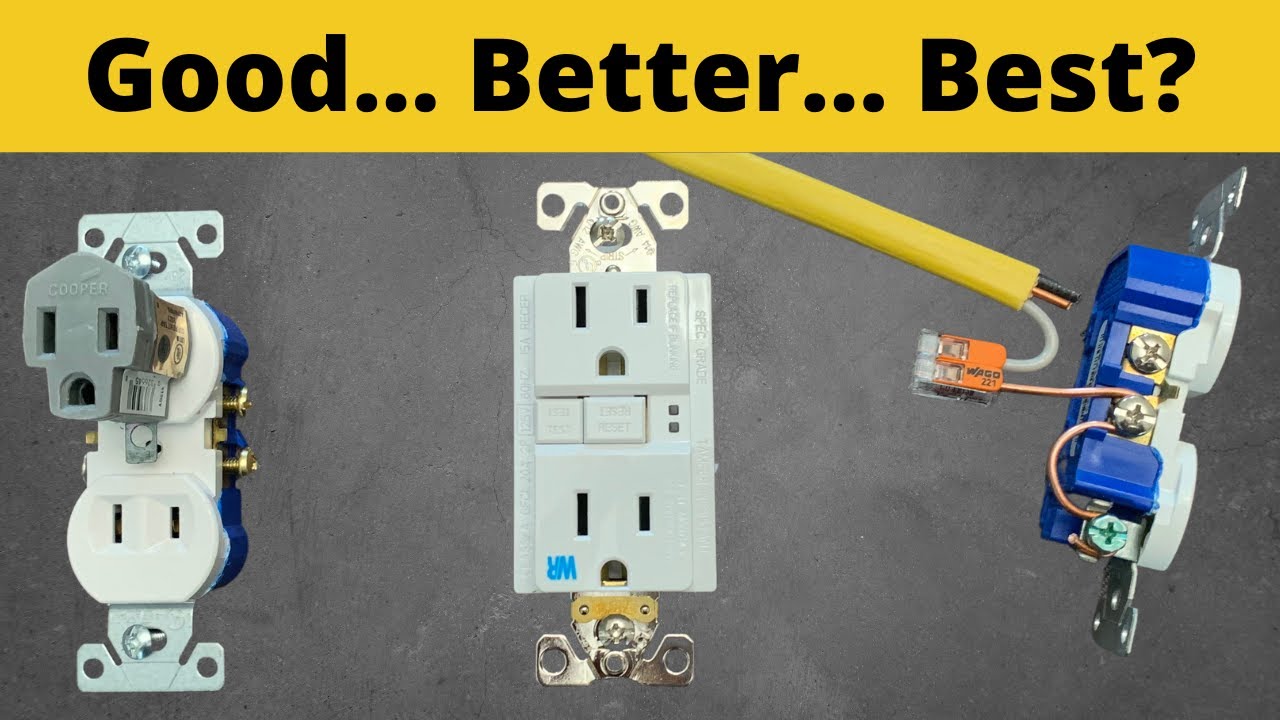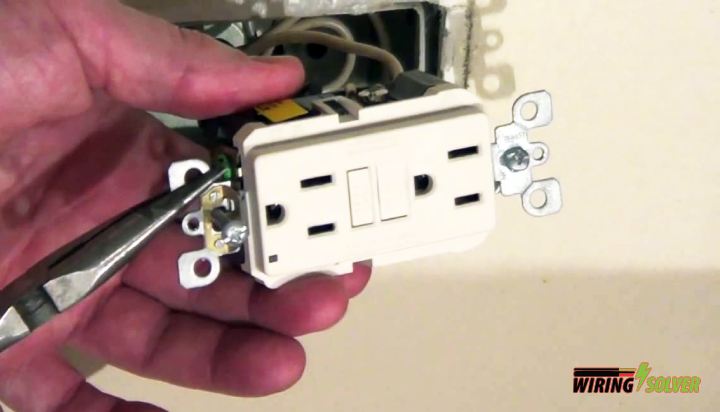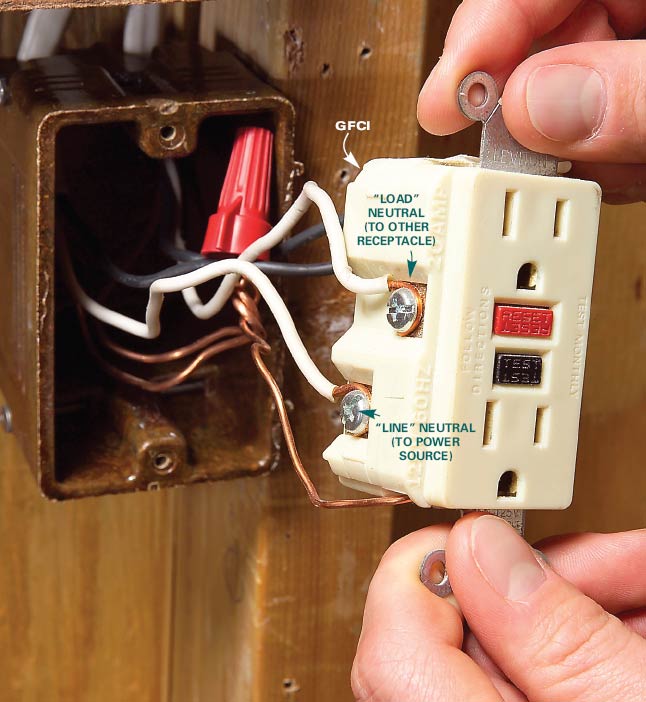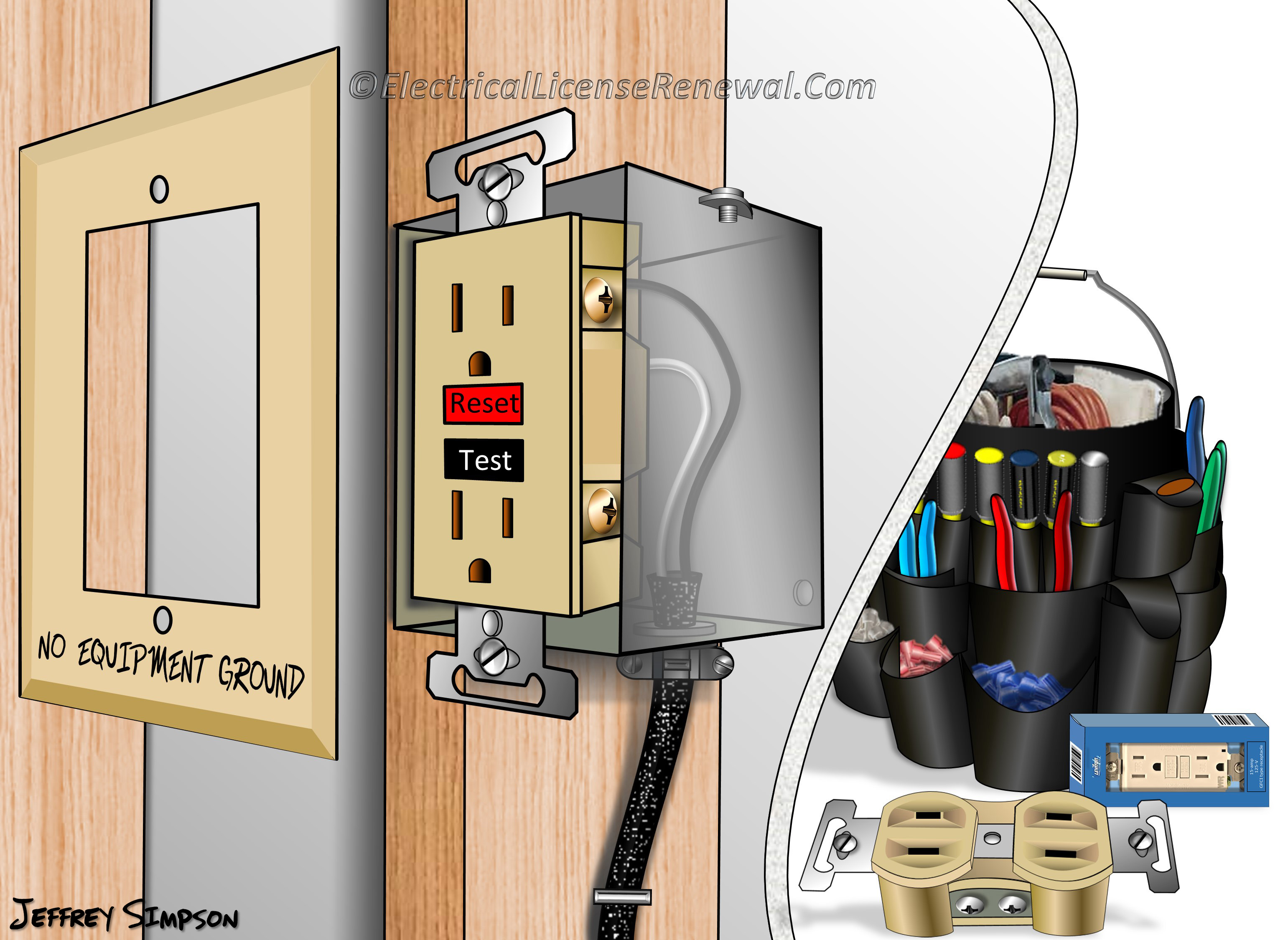How To Ground An Outlet Without A Ground Wire
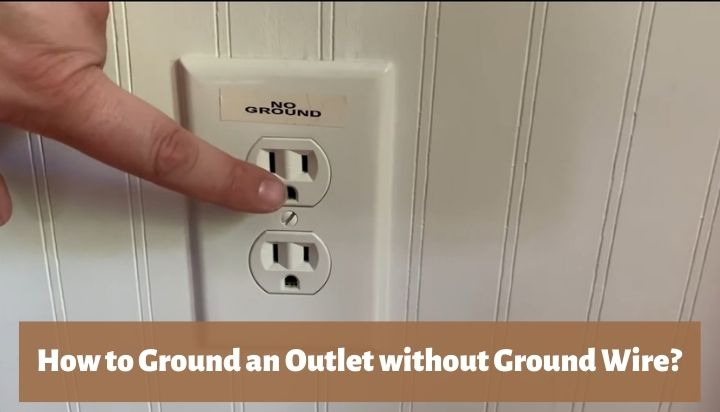
Imagine the subtle hum of your refrigerator, the reassuring click of your lamp as you settle in for the evening, or the seamless flow of your favorite show on TV. These are the everyday comforts we often take for granted, powered by the silent network of electricity that courses through our homes. But what happens when this silent partner isn't working safely, when an ungrounded outlet threatens the very devices that bring us ease and entertainment?
For homeowners in older houses, or those facing electrical updates, the question of grounding an outlet without a ground wire is a surprisingly common challenge. It's a situation that requires understanding, careful consideration, and a commitment to safety above all else.
This article explores practical and safe methods for grounding outlets when a dedicated ground wire is absent, emphasizing the importance of professional guidance and adherence to electrical codes. We will explore the alternatives, examining their suitability and safety implications, ensuring you can make informed decisions for your home and family.
The Grounding Dilemma: A Look at the Problem
The purpose of grounding an electrical outlet is simple: to provide a safe path for electricity to flow in the event of a fault. Without a proper ground, a short circuit could energize the metal parts of an appliance, creating a potentially lethal shock hazard.
In modern wiring, a dedicated ground wire (typically bare copper or green-insulated) connects the outlet's grounding terminal directly to the home's main electrical panel, and ultimately to a grounding rod driven into the earth.
However, older homes often lack this essential safety feature. Knob-and-tube wiring, common in houses built before the 1950s, doesn't include a ground wire. This presents a challenge for those looking to upgrade their electrical systems and use modern, grounded appliances.
Understanding the Alternatives
When faced with ungrounded outlets, homeowners have a few potential options, each with its own set of considerations. It's crucial to understand the limitations and potential risks associated with each approach before proceeding.
Option 1: The GFCI Outlet (Ground Fault Circuit Interrupter)
A GFCI outlet is a safety device designed to protect against electrical shock by monitoring the current flowing in a circuit. If it detects an imbalance, indicating that current is leaking to ground (possibly through a person), it quickly shuts off the power.
Using GFCI outlets is a common and often code-compliant solution for ungrounded circuits. It does not provide a true ground but offers a significant level of shock protection.
According to the Electrical Safety Foundation International (ESFI), GFCI outlets can significantly reduce the risk of electrical injury. However, it’s important to understand that GFCI outlets protect against shocks but may not prevent damage to sensitive electronic equipment.
Option 2: Running a Ground Wire
The most effective solution, though often the most involved, is to run a new ground wire from the outlet back to the main electrical panel. This provides a dedicated grounding path, ensuring the outlet is properly grounded according to modern standards.
This option often requires the expertise of a qualified electrician, as it may involve running wires through walls, ceilings, or floors. Depending on the existing wiring and the layout of the house, this can be a complex and costly undertaking.
The National Electrical Code (NEC) provides specific guidelines for grounding electrical systems, and any new wiring must comply with these regulations. Attempting this type of work without proper knowledge and experience can be dangerous and potentially violate local building codes.
Option 3: Replacing Two-Prong Outlets with Two-Prong Outlets
While it might seem counterintuitive, replacing existing two-prong outlets with new two-prong outlets is a permissible option. This essentially maintains the original electrical system without introducing a false sense of security.
This approach is often used when upgrading old, worn-out outlets while preserving the historical integrity of the wiring. However, it's important to remember that this option does not provide any grounding protection.
This approach requires careful consideration of the appliances used in the home, avoiding modern electronics with three-prong plugs in these outlets to minimize risks.
Option 4: Using a Grounding Adapter (Not Recommended)
Grounding adapters, also known as “cheater plugs,” allow a three-prong plug to be used in a two-prong outlet. These adapters typically have a small metal tab that is intended to be connected to the outlet's cover plate screw, theoretically grounding the device.
However, this method is unreliable and generally not recommended by electrical professionals. Unless the outlet box itself is properly grounded (which is unlikely in older homes), the adapter provides little to no actual grounding protection.
According to the Consumer Product Safety Commission (CPSC), relying on grounding adapters can create a false sense of security and may increase the risk of electrical shock. This option is generally considered unsafe and should be avoided.
The Importance of Professional Guidance
Working with electricity can be dangerous, and any electrical work should be approached with caution and respect. When dealing with ungrounded outlets, it's always best to consult with a qualified electrician.
An electrician can assess the existing wiring, determine the best course of action, and ensure that the work is done safely and in compliance with local electrical codes. They can also identify any other potential electrical hazards in the home.
Trying to tackle electrical work without proper knowledge and experience can result in serious injury or even death. Investing in professional help is an investment in your safety and the safety of your home.
Beyond the Outlet: A Holistic Approach to Electrical Safety
Addressing ungrounded outlets is just one piece of the puzzle when it comes to electrical safety. It's important to take a holistic approach, considering the entire electrical system and adopting safe practices.
Regularly inspect electrical cords and outlets for damage, and replace any that are worn or frayed. Avoid overloading circuits by plugging too many devices into a single outlet or extension cord.
Install smoke detectors and carbon monoxide detectors, and test them regularly. These devices can provide early warning of electrical fires or carbon monoxide leaks, potentially saving lives.
A Future of Safer Homes
While dealing with ungrounded outlets can seem daunting, it's an opportunity to improve the safety and functionality of your home's electrical system. By understanding the available options, seeking professional guidance, and adopting safe practices, you can create a safer and more comfortable living environment for yourself and your family.
The journey to a safer home is ongoing, a continuous effort to understand, maintain, and upgrade the systems that power our lives. Embracing this responsibility, with knowledge and care, ensures that the silent partner of electricity remains a source of comfort and convenience, not a potential hazard.
Remember, when it comes to electricity, safety is paramount. Consulting with a qualified electrician and following their recommendations is the best way to ensure a safe and functional electrical system for your home.


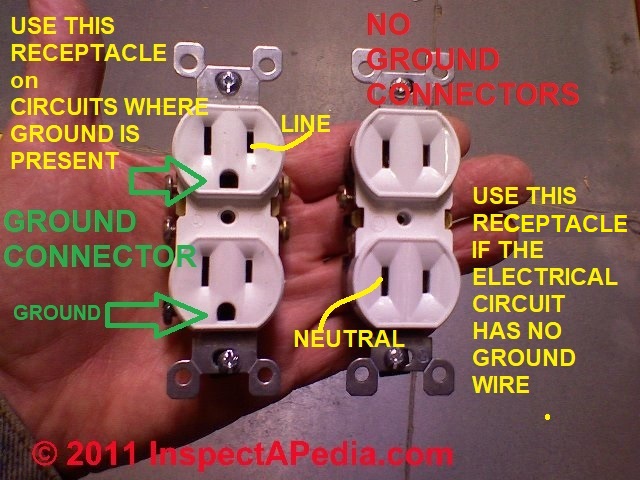





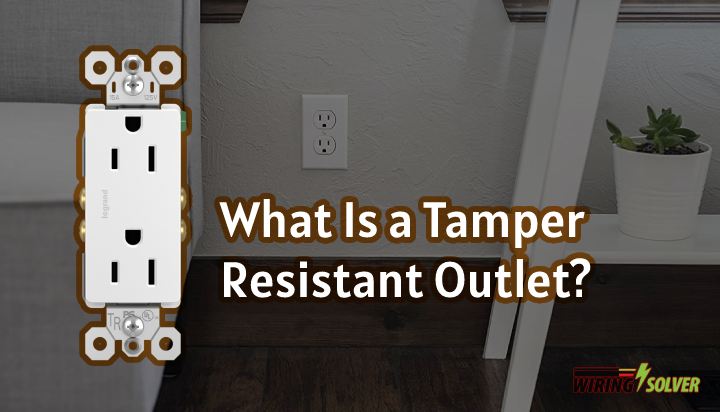


![How To Ground An Outlet Without A Ground Wire [DIAGRAM] Circuits Diagram Ground Wire - MYDIAGRAM.ONLINE](https://www.chanish.org/wp-content/uploads/2019/02/gfci_without_ground_wire_diagram_3.jpg)

